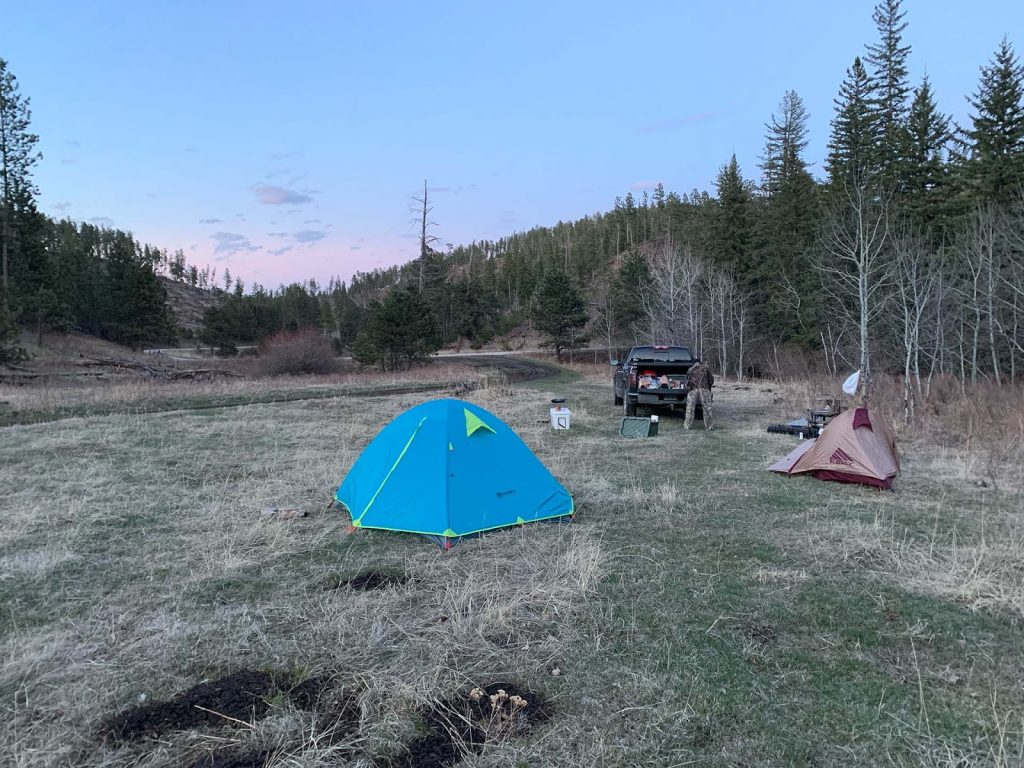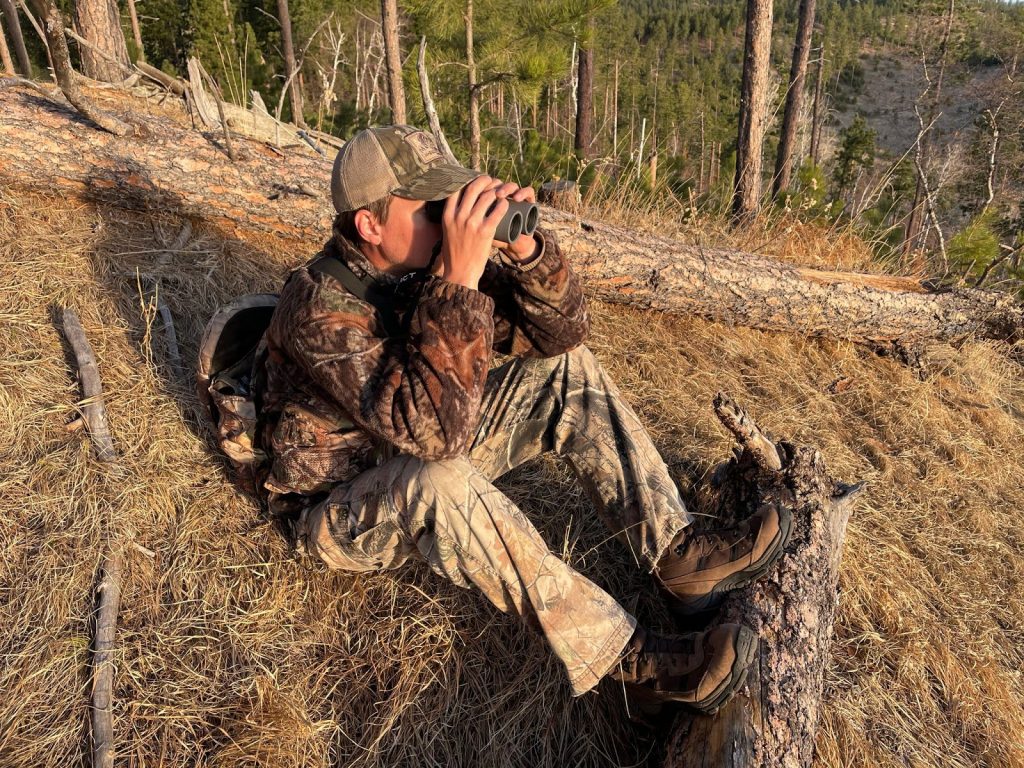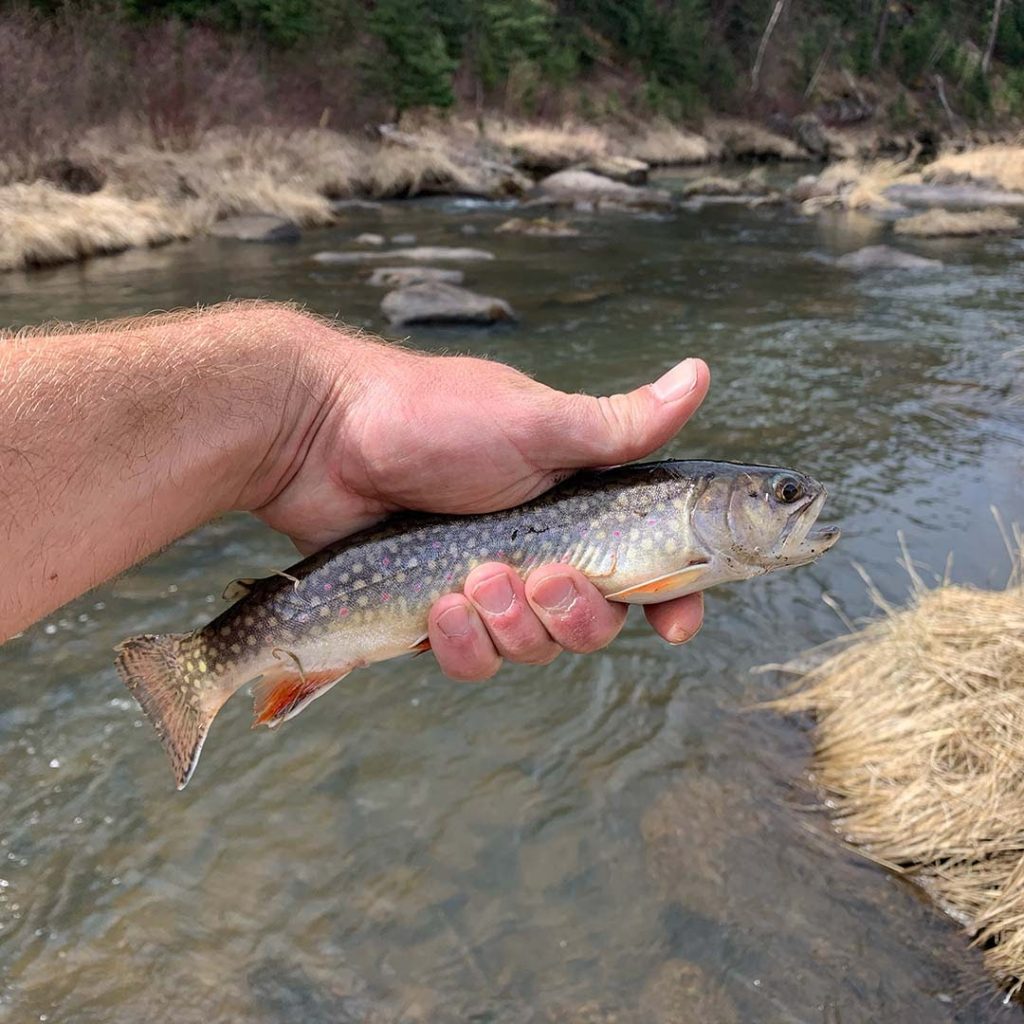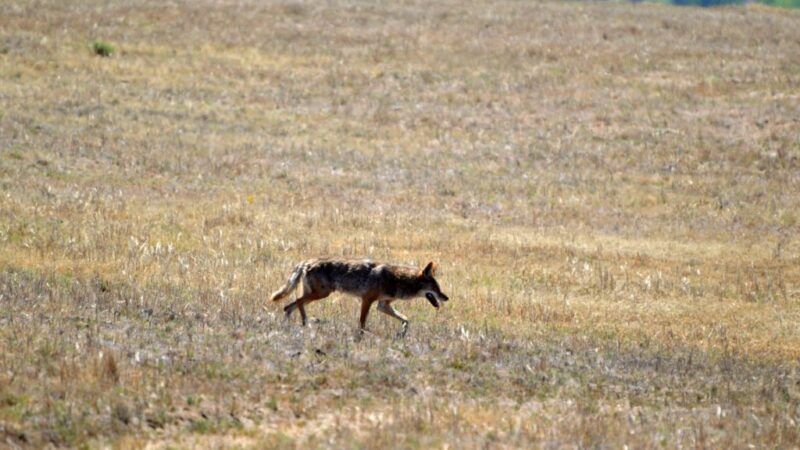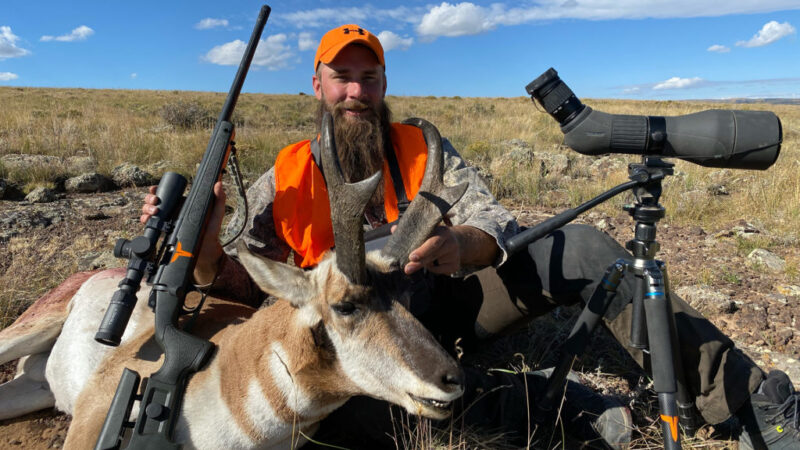Turkey Hunting South Dakota
Turkey Hunting South Dakota
Turkey Hunting South Dakota the Black Hills, home to the Merriam’s, can be as frustrating as it is rewarding.

I set out from my Colorado home, headed for the Black Hills of South Dakota, with high hopes that I’d at least encounter my first Merriam’s turkey. The Upper Midwest had been getting hammered with snow and freezing temperatures. And with a warm snap ahead, I assumed the timing would be right.
But as recent studies have shown, temperature doesn’t always have so much to do with getting birds hot. Rather, it’s barometric pressure that has more of an impact on gobbling. Of course other factors like hunting pressure and nesting activity play a pivotal role as well. So I guess you could say I was heading into a new area relatively blind. For many hunters, however, that’s part of the adventure, what makes each hunt so unique.
Let me go ahead and say that not a shot was fired during my five days turkey hunting South Dakota. In fact, I heard little gobbling and saw even fewer turkeys. I did learn a few things though, which helped me on a successful Merriam’s hunt three days after my return to Colorado. Hopefully my takeaways can help you on your next turkey hunt whether you’re in the high hills of the Midwest or hardwoods of the Southeast.
Here is what I learned.
Lungs and Legs Turkey Hunting South Dakota
The Black Hills is well, hilly. Mountainous, really. Between camp and the highest ridges, the elevation fluctuated between 4,750 and 6,600 feet.
I ran into a lot of other hunters too. So in order to overcome the altitude and get away from hunting pressure, you ought to be in decent shape. You’ll find many Forest Service roads that lead into areas that offer good habitat are gated off during the spring to give wildlife a chance to complete their winter patterns. This means you’re out of the truck and on foot a lot. I probably walked 35-40 miles over the five days I hunted.
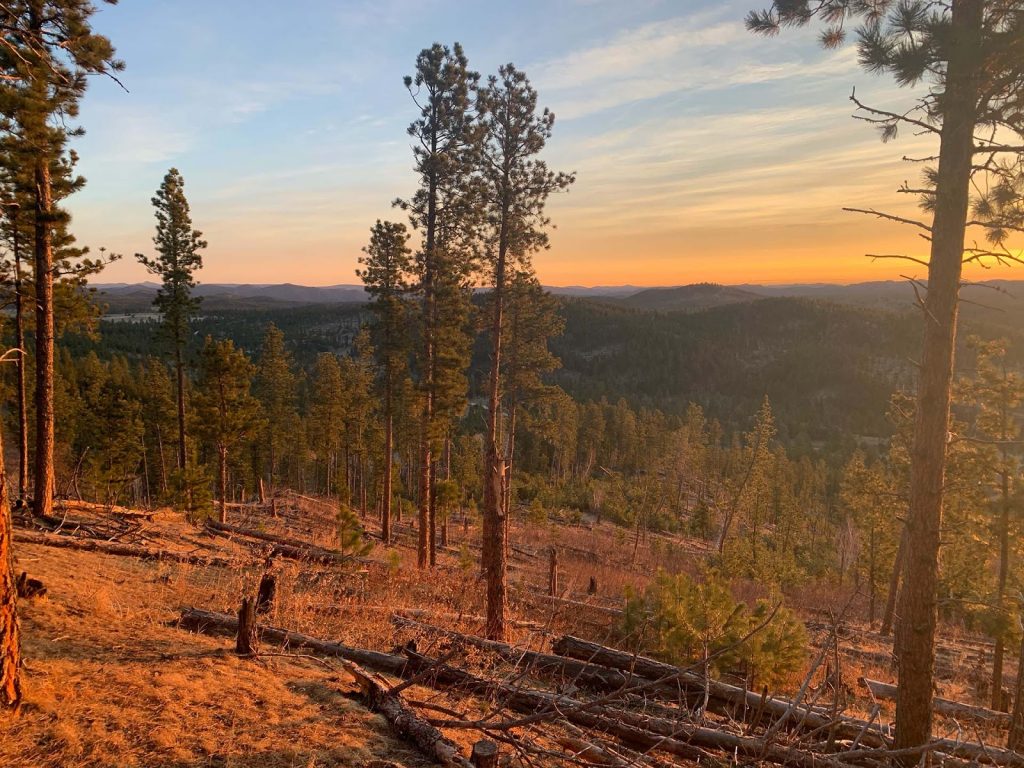
Camping is Super Accessible
This was a great part about turkey hunting South Dakota in the Black Hills. Camp is where you make it essentially. That is, dispersed camping. While there are many campgrounds and cabins for rent throughout the Black Hills, dispersed camping is allowed just about everywhere.
I chose this latter option in hopes I’d stay close to turkeys and not have to drive too far each morning. Plus, most of the campgrounds don’t open until Memorial Day Weekend. If you’re unsure, check with the Forest Service office. One thing to note is that open campfires are not allowed in the Black Hills of South Dakota.
Roost Birds
The first evening I roosted two birds. The one I thought would be the most killable due to his proximity to my camp and the geography around his roost, was also unbeknownst to me being targeted by another group of hunters. On the first morning I parked about 500 yards from where I heard him gobbling on the limb only to have this other group drive by me and park in a field 100 yards from where he was gobbling. Needless to say, that tom survived for at least those few days I was in the area.
Seek out high ground and Forest Service roads in the late evening that give you good vantage points to glass and listen. From what I’ve read and from talking to other hunters who have tagged out in the Black Hills, roosting turkeys then setting up close the following morning was key to their success. Be as aggressive as you can when you can. This tip would ultimately help me back in Colorado.
Pay Attention to Calling Patterns
I honestly believe the birds were call shy during the period of time I hunted them. On the last morning, I located two toms that were already on the ground. The first time I set up on them a pack of coyotes started up in between me and the turkeys, so naturally they headed in the other direction.
There was a parcel of private property in the direction they headed so I had to hike back out to my truck and drive around to try and cut them off. The second time I sat down and began calling, another hunter echoed my yelps. The birds were within 200 yards but quickly went back onto the private.
Perhaps I should have been more aggressive with these birds the second time I was on them. But then again, there’s a good chance the other hunter was there first. Mornings were rather calm though the wind picked up significantly during the afternoons, making locating birds pretty difficult. With the power of hindsight, I think a good tactic for call-shy birds would have been to find roosting and scratching areas during the day and set up and wait. Then again, I like turkey hunting for the freedom of movement it allows.
Hunt at High Elevation
The birds I just mentioned were at around 6,500 feet. This was the last morning and the highest elevation I’d hunted. Several other hunters I talked to were having the most action in the higher country. One guy I talked to, from Minnesota, mentioned a group of friends who’d been out the week prior, hunting through a week of snowstorms. The entire group of six tagged out and each bird was killed around 6,600 feet, which seemed to be the magic number.
Take a Fly Rod
During a midday lull I happened on a creek where I sat and watched trout rise. During the next day’s lull (seemed to be a lot of these) I returned to the creek with my fly rod and had quite the day, catching brook, brown, and rainbow trout for my first-ever trifecta. I attempted another river near Lake Pactola but it was baby poop brown, the recent warm temperatures having melted a lot of snow in the high country.
Colorado Merriam’s Turkey Hunt
A few days after getting back to Colorado, catching up with work and the wife, I hit the turkey woods again with a friend. We arrived at a high point well before first light to listen. It would have been nice to scout the location, but time didn’t permit.
As the dark sky turned gray, I let out a hoot owl call and a gobble immediately returned some 400 yards from where we stood. We were able to cut the distance in half and set up in a small cottonwood grove at the edge of a meadow. Over the next 40 minutes that bird must have gobbled a hundred times. I responded pretty regularly with soft tree yelps, cuts, and purrs. And when he flew, “so did I.”
Despite having hens with him, I was able to call the gobbler right into our setup. My buddy shot him at 15 steps. When I heard the first yelp from his harem, I really laid on the calling, knowing if I could draw in a hen or two the tom would follow. That’s the “aggressiveness” tactic I learned can work well with the Merriam’s. I didn’t expect him to be the first one to arrive.
It’s hard to say that a hunting trip is “unsuccessful.” It was a week of freedom from work. Most areas allowed no cell phone service. And it was a time to really slow down and enjoy the outdoors. I think there is always something to learn. I’ll take this trip and the knowledge I acquired and put it towards Black Hills turkey hunting trips for many years to come.





